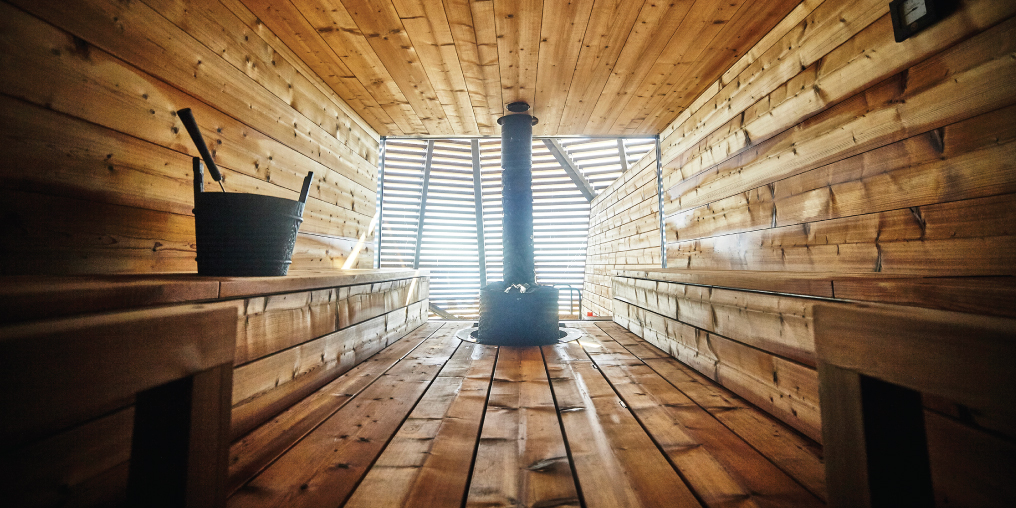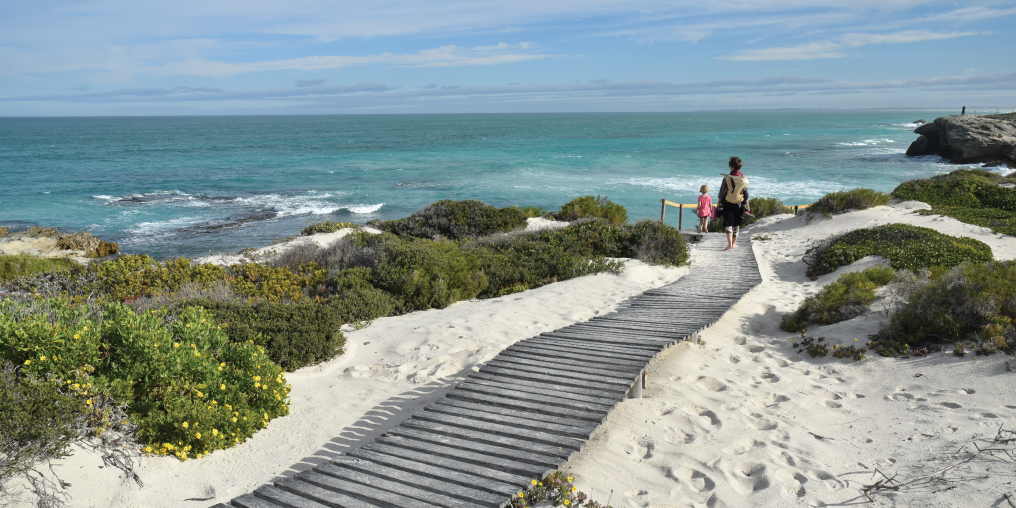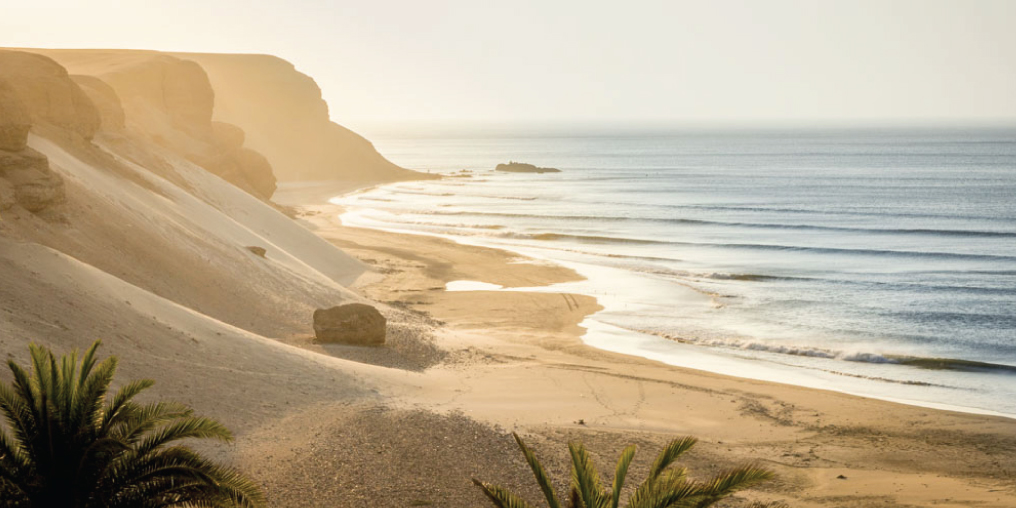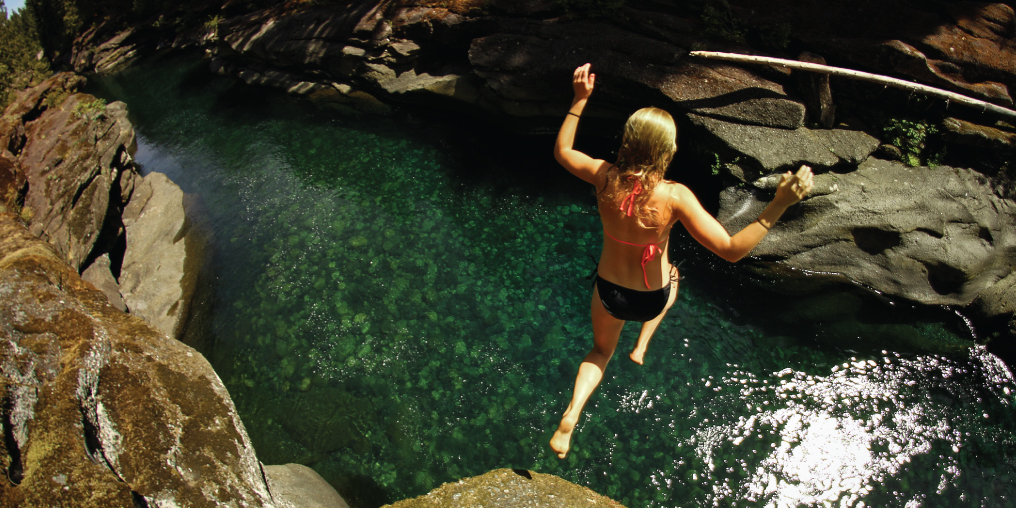As the owners of The Lost Faucet Sauna House in Courtenay, we are constantly seeking out more knowledge and experience related to sauna culture: in spring 2023, it was Dan’s turn to travel.
—Lisa Jaster and Dan Webb
The Finns say every sauna has its own soul. If this is true, then my trip to Finland and Estonia in April 2023 might be described as a spiritual journey of sorts. But, far from being an individual pilgrimage, it was an exploration of a communal practice hundreds of years old—and a chance to meet other people who enjoy a good sweat.
Finland, of course, is the home of sauna. Today, most Finns sauna at least once a week, and it’s estimated that there’s approximately one sauna for every two Finns. Given sauna culture’s prevalence in Finnish daily life, it’s no wonder that it was added to UNESCO’s List of Intangible Cultural Heritage of Humanity in 2020.
Soon after touching down in Helsinki on a cool spring evening, I met up with Kimmo Raitio, AKA “the Sauna Sherpa,” who provides bespoke sauna trips for visitors to Finland. Today, we were meeting simply to sauna together, not as part of a tour.
Even though it was late, there were a few other groups at Uusi Sauna in the city centre. After a light beer and snack, Kimmo and I stripped down to our birthday suits and headed into the dimly lit, male-only, 20-person sauna. (The female-only and mixed-gender saunas were down the hallway.)
The high heat and humidity hit us as soon as we entered. Underneath the bench where we sat was a gigantic cast-iron stove, over six feet tall and six feet wide, filled with three to four metric tonnes of stones. The stones are pre-heated for hours until they’re red hot. Then the fire is put out, but the temperature stays between 80 and 100 °C all day.
The heat was like a big bear hug, relentless and enveloping. I left Uusi feeling that I just had one of the best sweats of my life (a sauna house owner’s dream), and yet this was only the first sauna on my itinerary.
The next morning, I walked the streets in awe of Helsinki’s beautiful Nordic-style architecture, making my way to the sharply modern building housing the sauna-spa called Löyly (which is sometimes translated as “the spirit of sauna” or literally “the steam that rises when you pour water over hot stones.”).
Catering primarily to tourists, Löyly is co-ed, with swimsuits mandatory. I was here to experience my much-anticipated first “smoke sauna.” Like Finland’s original saunas, a smoke sauna is wood fired and has no chimney, so it fills with smoke while the rocks heat up. The doors and windows are opened to ventilate the space before visitors enter.
The sauna was full of locals and tourists (including, coincidentally, a woman from Courtenay!). As I sat on a slightly sooty bench, the pleasure of the lingering smell of fire was matched by the penetrating heat emanating from the rocks.
While Löyly’s smoke sauna was novel for me, I much preferred the warmth and sociality of the Finnish Sauna Society’s sauna complex at Vaskiniemi, a seaside location just outside of Helsinki. Here, on a men’s day, I met Risto Elomaa, the president of the International Sauna Association. Risto rattled off a wealth of knowledge of all things sauna as we sweated in the 90 °C heat of our first session; the required plunge into the ocean afterwards brought our conversation to a momentary pause. We repeated this routine in five more saunas at this bucolic location, each packed with naked Finnish men sharing conversations.
Next I was off to Estonia, which was celebrating the “Year of the Sauna.” A three-hour ferry ride across the Gulf of Finland brought me to Tallinn, the capital, a city full of old-world charm.
My first stop was Kalma Saun, built in 1928. It’s grey, utilitarian, and, to my mind, very Soviet. Here, older men moved deliberately (especially considering they were naked) throughout the gender-segregated space, carrying out everyday rituals like washing, shaving, watching sports, and drinking beer.
Estonian saunas have resting temperatures of 70 to 100 °C, but due to the extreme humidity level, they feel much hotter! Because of this, visitors do not stay in the sauna for long, and are extremely cautious about where appendages (ahem) might settle. I can’t say that I genuinely enjoyed it; the experience certainly leaned more towards pain than pleasure.
Tallinn has at least two highly unusual saunas. Leilisaun has a sauna on one floor and a church on another—with gigantic images of very suffering Jesuses and a throne where a seated priest oversees white-robed parishioners. Heldeke! is a theatre that hosts cabaret/burlesque shows. It also has a fully functioning sauna open twice a week (not at the same time as the shows). It’s become a popular hangout for the hip youth of Tallinn, who enjoy a good co-ed sweat in a casual, social environment where nobody is clothed.
Though each sauna I visited has a distinct “soul,” all bring people together in a distinctly intimate way. These heat-bathing rituals keep renewing in these Nordic locations and elsewhere—a testament to how human beings are drawn together by good company and a very hot room!





